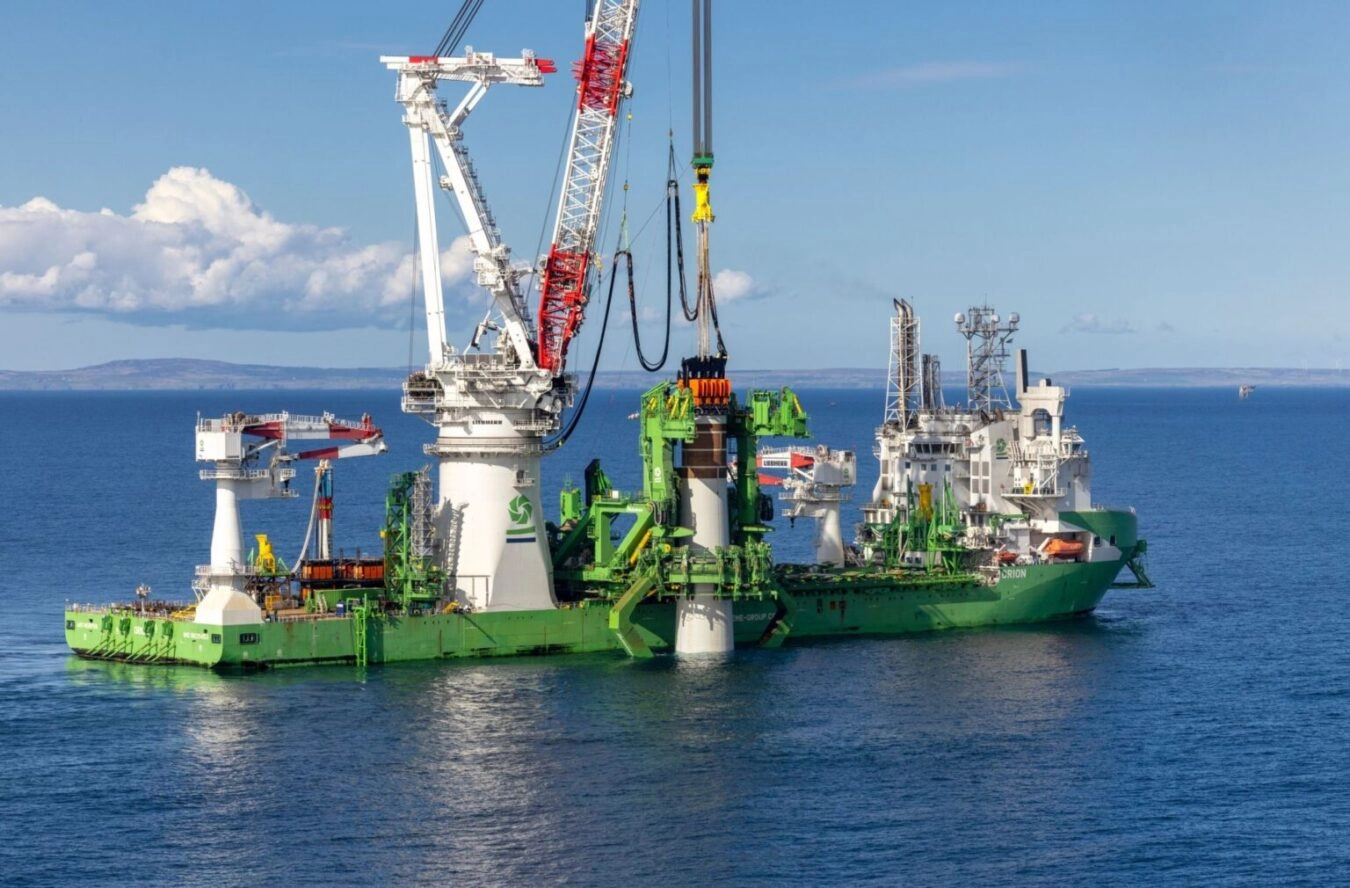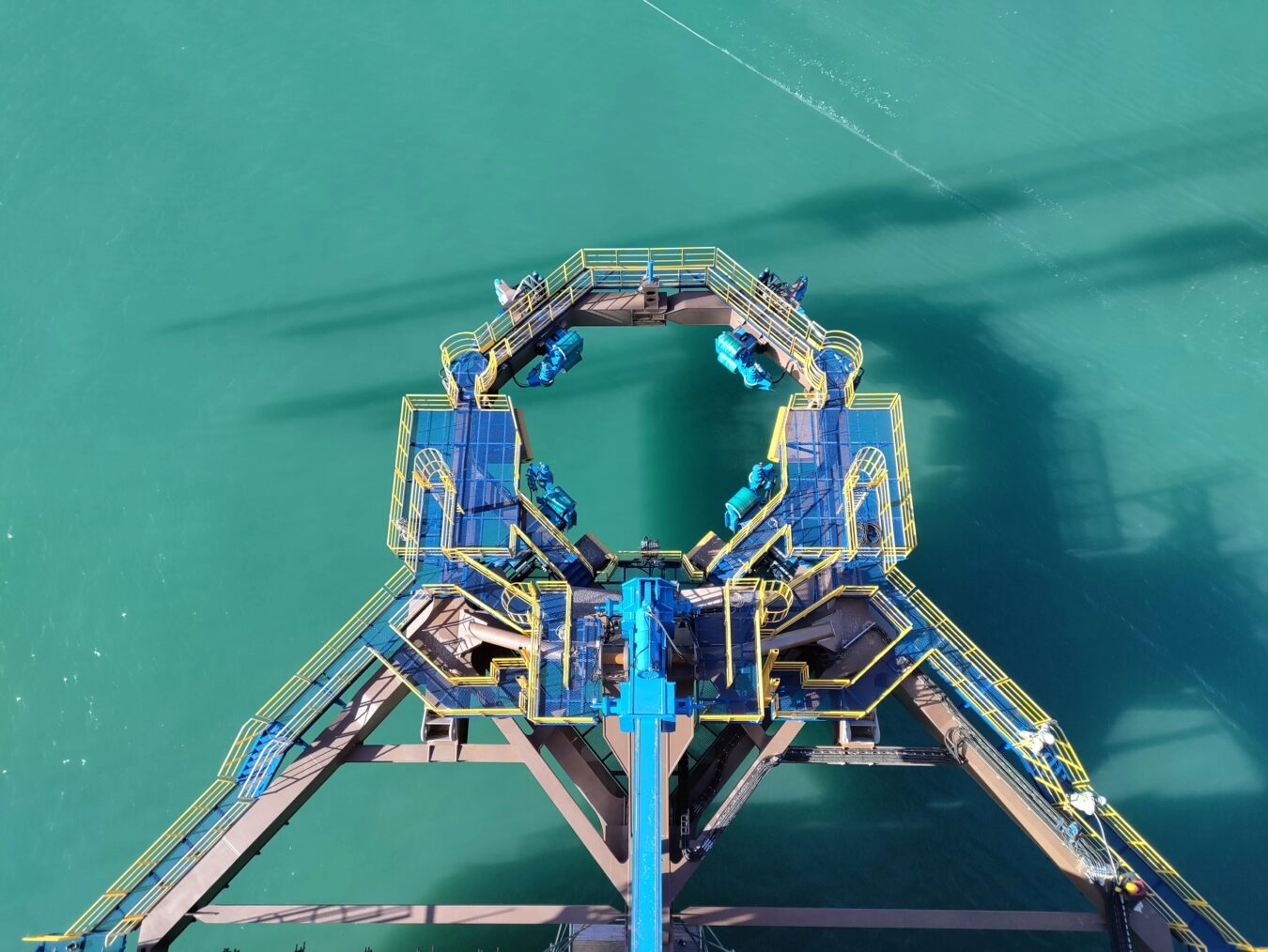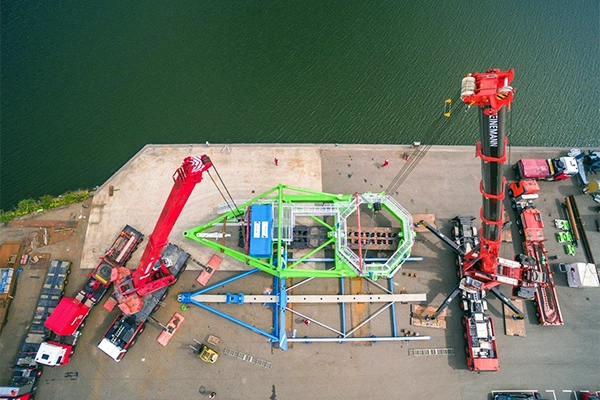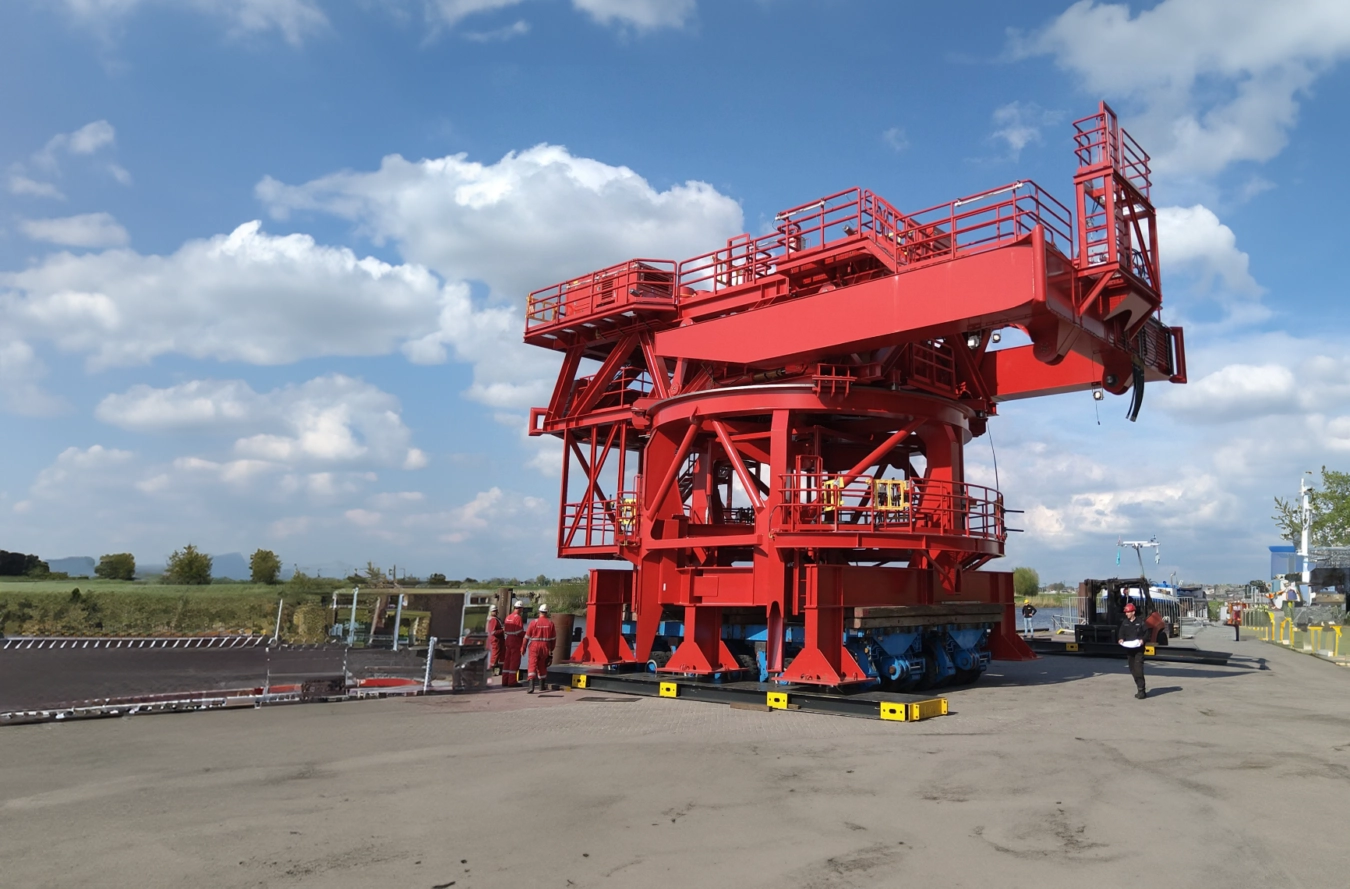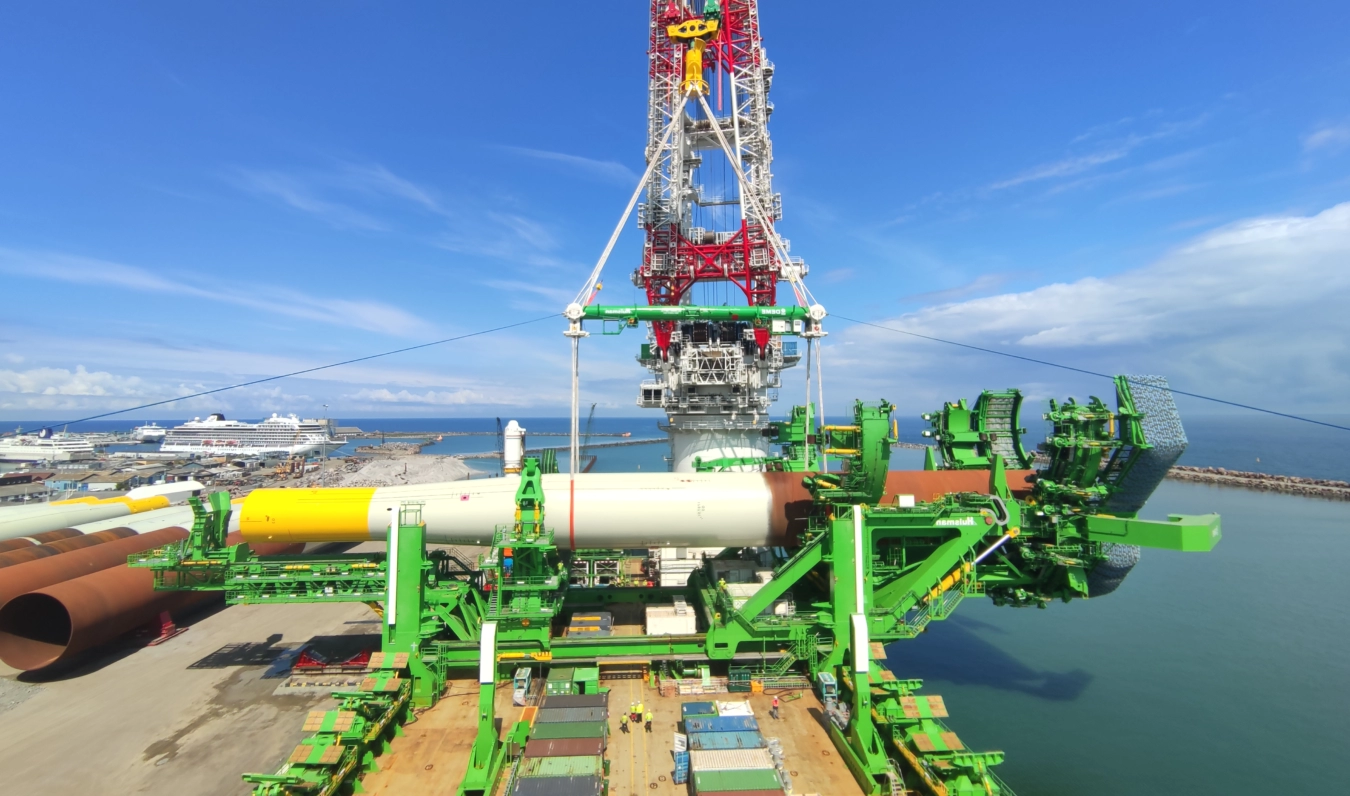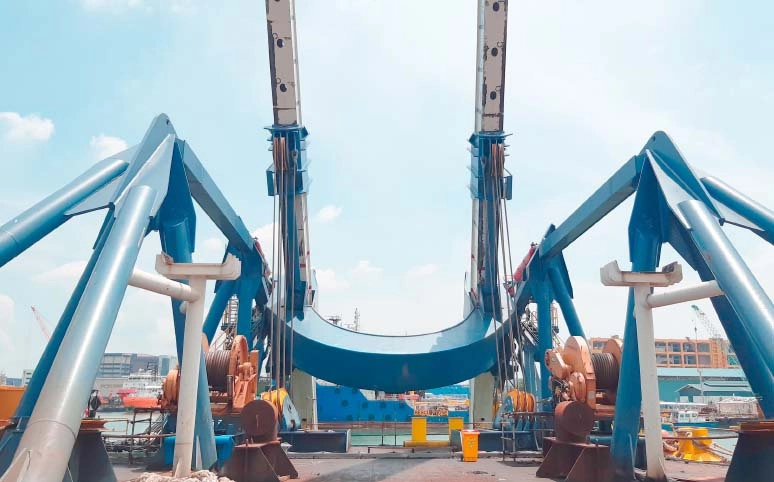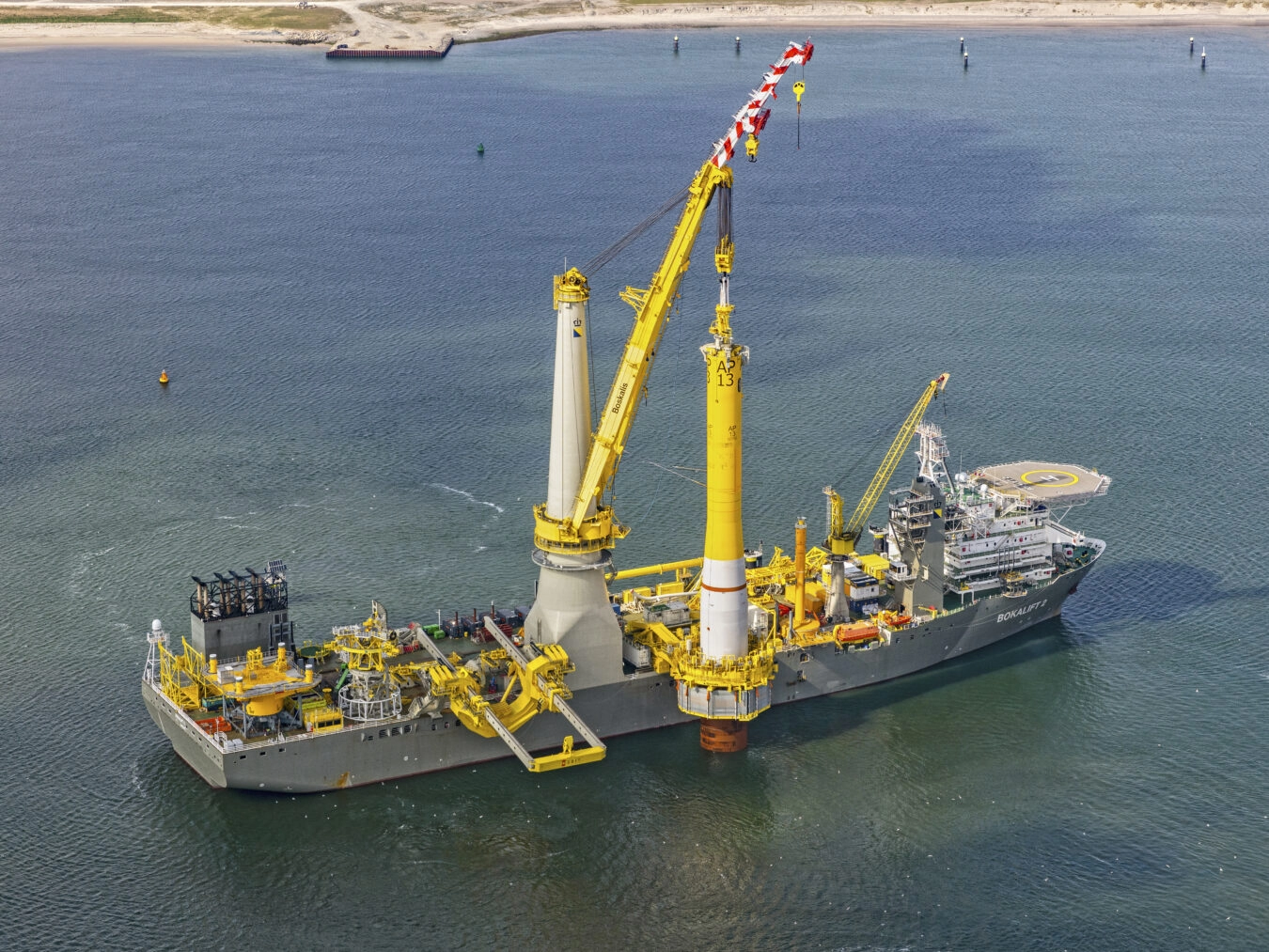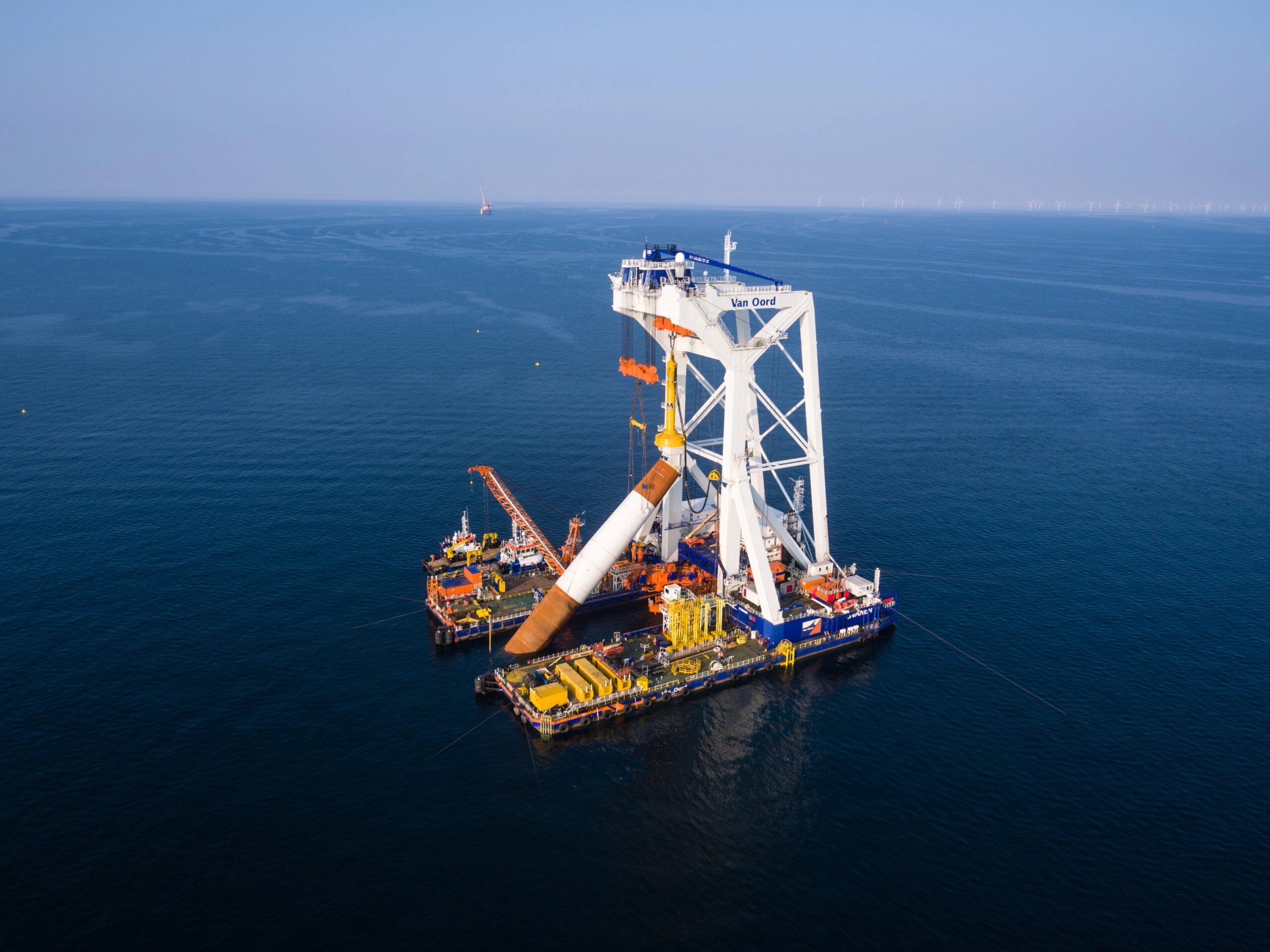
Monopile Gripper
The majority of offshore wind turbines rely on monopile grippers for installation. This specialized piece of offshore equipment is used to ensure vertical installation of the monopile foundation.
TWD is strongly positioned in the Offshore Wind market and an industry leader in the design of tailored equipment for foundations, such as monopile grippers. Grippers contribute to the efficiency, precision, and safety of the installation process of wind turbines at sea.
Tailored Equipment Design
The design of a monopile gripper is influenced by several factors, including the specifications of the monopiles, the interface with the installation vessel or other equipment, and the environmental conditions. Some notable design possibilities include:
- Folding mechanism, used to optimize deck space on the installation vessel.
- Skidding mechanism, used to shift the center of gravity towards the vessel’s centerline.
- Adjustable working heights, used to increase flexibility in working conditions.
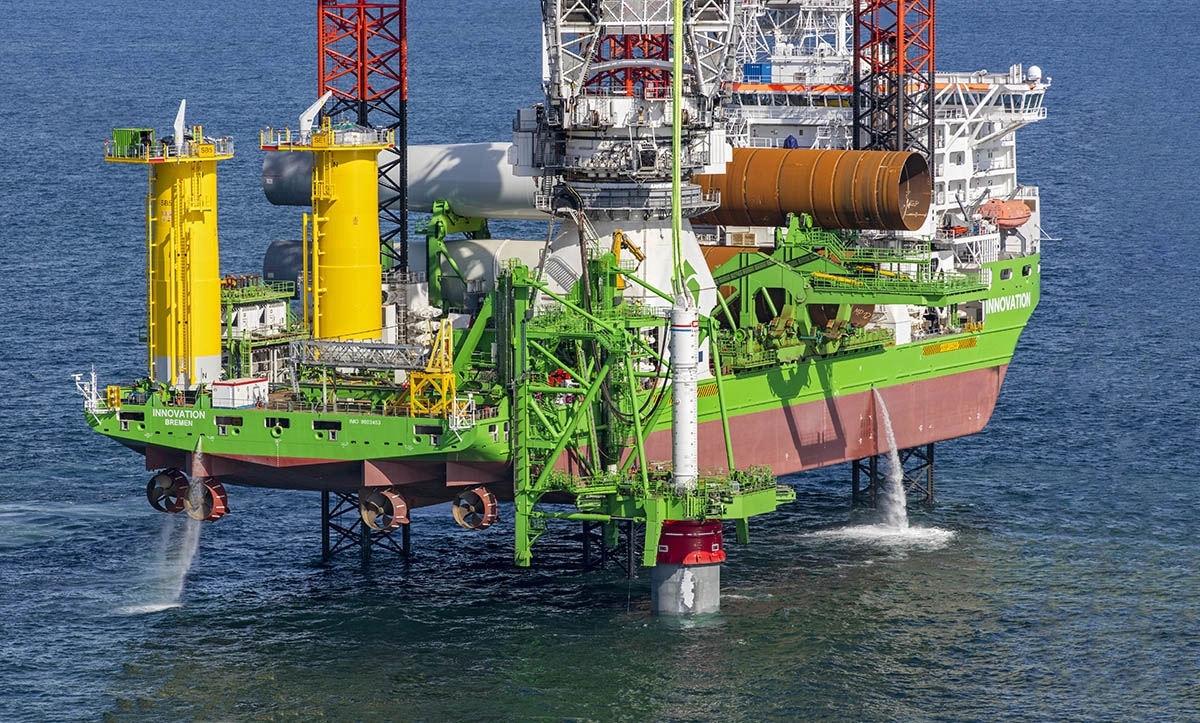
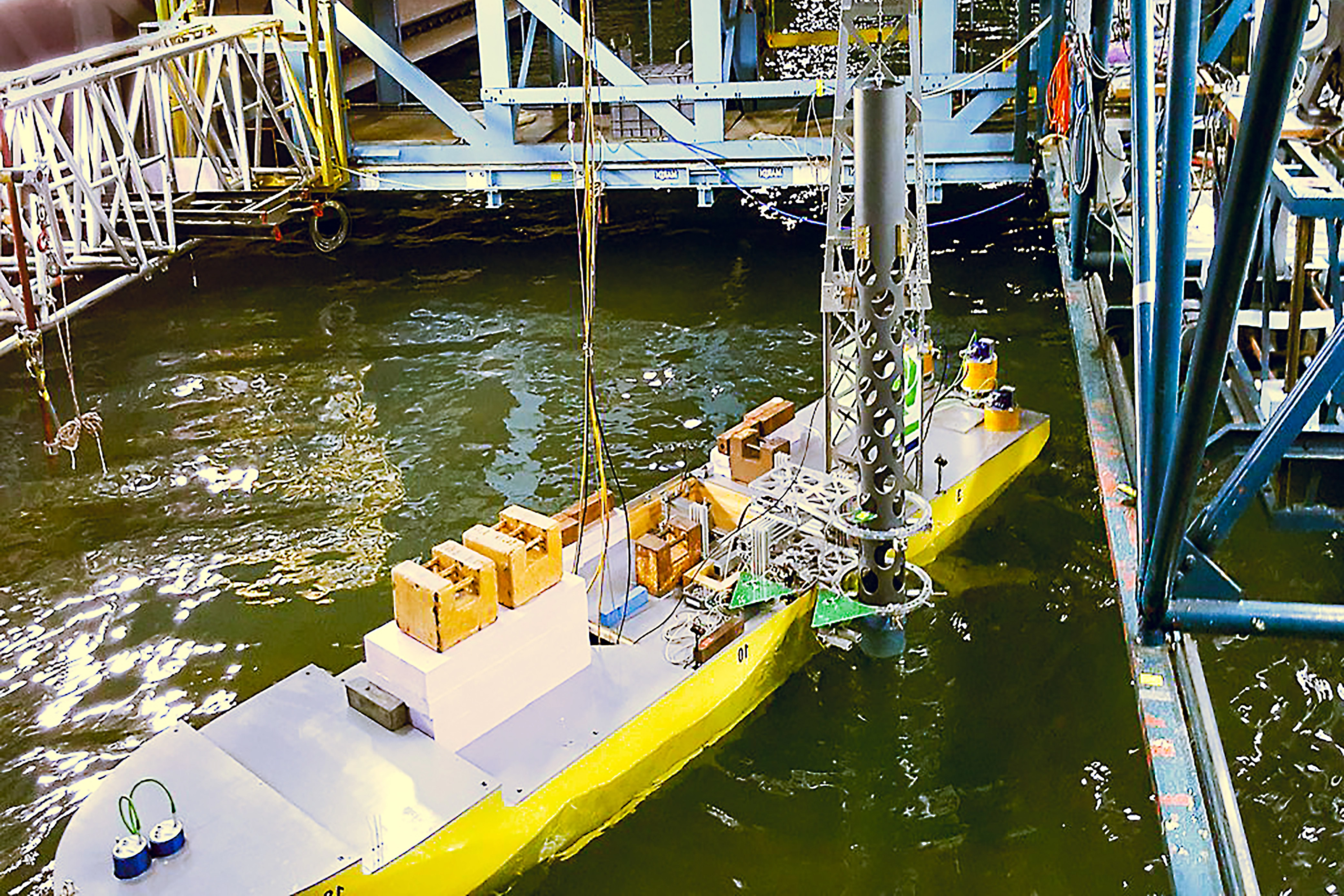
Motion Compensated Monopile Gripper
As monopiles increase in size, so do monopile grippers. The technical challenges grow accordingly, pushing us to explore deeper ocean depths. Looking ahead, floating heavy lift vessels (HLV) will play a crucial role in monopile foundation installation, as these vessels are not limited by depth. These heavy lift vessels offer increased crane capacity, which is essential for handling larger and heavier monopiles. By using a motion-compensated pile gripper, the horizontal vessel motions are decoupled, ensuring the monopile remains straight during driving. Since 2007, TWD has amassed forefront expertise in developing the Motion Compensated Pile Grippers (MCGP).
Operating at Keel Level
In the initial stages of hammering, the monopile has limited interaction with the soil, which acts as a spring. As the monopile penetrates deeper, the soil’s stiffness increases. In regions with less sturdy soil, it is beneficial to control the monopile for a longer duration. Therefore, positioning the gripper at a lower level, such as keel level, is preferred. However, placing the gripper at keel level introduces design challenges. During transit, it might be practical to position the gripper on the deck, which requires a retrieval method. A gripper at keel level also necessitates using a frame to guide loads into the deck. Our geotechnical engineers can help determine the optimal height for your project, ensuring safe and proper operations.

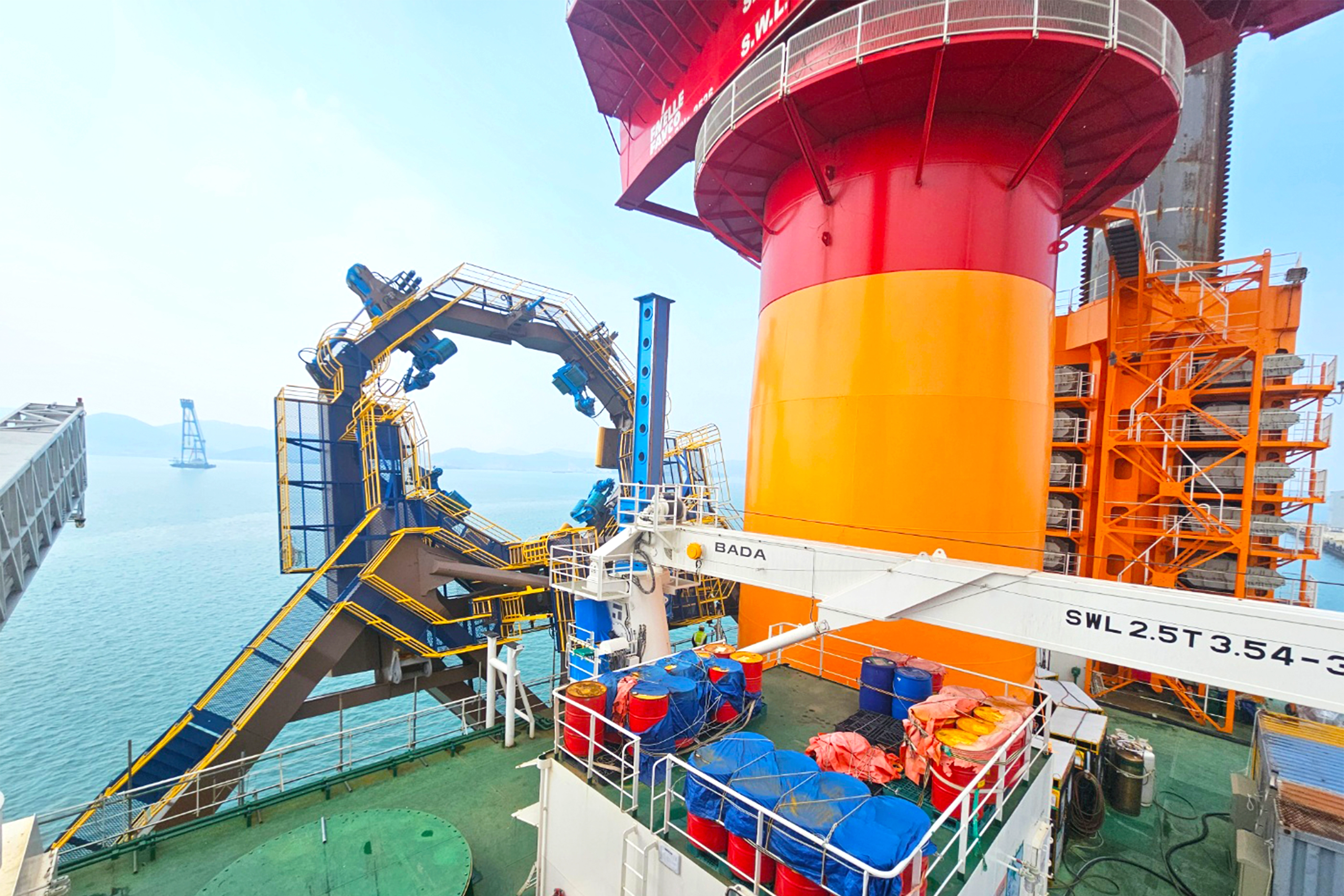
Method Engineering
Our all-round services enable us to tailor the monopile gripper design to meet the specific requirements of installation contractors and their vessels. Through method engineering, we define the operational sequence, while our in-house geotechnical and marine engineering teams conduct necessary analyses to determine the gripper requirements. From concept to detailed design, our multi-disciplinary teams translate ideas into reality.
We are Eager to Help with Your Next Project!
TWD is a renowned engineering company with extensive experience in designing monopile grippers. Our engineers specialize in diverse motion analyses, determining motions and accelerations induced by waves for various structures, including floating, sailing, or submerged ones. Additionally, our in-house marine engineering department conducts dynamic analyses at all stages of pile installation to ensure safe operations. In our in-house testing facilities, we can conduct small-scale tests to assess the risk of coating damage. Check out our Track Record to see how we have assisted other contractors and developers in the offshore wind market in successfully executing their projects.
Related Solutions
Starting a project?
Curious about how we can help you with your next project? Reach out, and let us show you how.

Wesley de Groot
